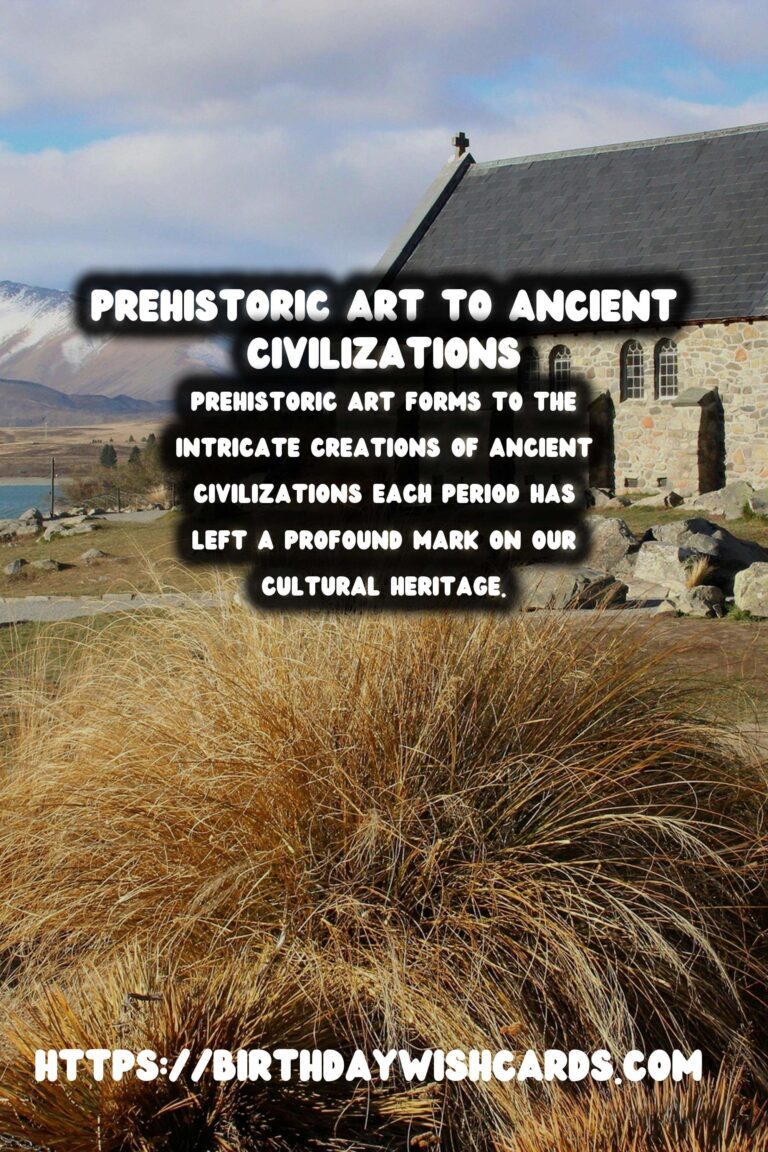
Art history is a fascinating exploration of humanity’s creative development through time. It’s a discipline that examines how art reflects societal values and changes. From prehistoric art forms to the intricate creations of ancient civilizations, each period has left a profound mark on our cultural heritage.
Prehistoric Art: The Dawn of Creativity
The story of art begins in the dim ages of prehistoric times. This era, often characterized by cave paintings and rock carvings, provides the earliest evidence of our ancestors’ artistic expressions. Examples like the Lascaux caves in France and the Altamira caves in Spain reveal the innate desire for communication and expression.
Prehistoric artists used natural materials like charcoal and ochre to immortalize their thoughts and environment, often depicting animals and symbols believed to hold spiritual significance. These artworks serve as valuable resources for understanding prehistoric cultures and their interactions with the world around them.
Mesopotamian Art: The Cradle of Civilization
As humanity progressed, societies in Mesopotamia began to emerge, bringing with them the development of more structured forms of art. The Mesopotamian civilization, often referred to as the ‘Cradle of Civilization,’ made significant contributions to art and architecture, including the construction of towering ziggurats and the creation of intricate cylinder seals.
The art in this region was heavily influenced by religious themes, with many pieces serving as tribute to their pantheon of gods and goddesses. Mesopotamian sculptures, murals, and artifacts offer insights into the political, social, and religious lives of the people that thrived in this ancient environment.
Egyptian Art: Symbolism and Grandeur
Moving to the banks of the Nile, ancient Egyptian art forms represent some of the most recognized and admired works. Known for their highly symbolic nature, Egyptian art was closely linked to religion and the afterlife. Iconic structures like the Great Pyramids and the Sphinx stand as testaments to their architectural prowess.
Hieroglyphics, frescoes, and sculptures prevalent in Egyptian tombs and temples provide extensive knowledge about this ancient culture. Pharaohs and deities were often adorned with lavish regalia, portrayed in idealistic forms to emphasize their divine nature.
Greek and Roman Contributions: Foundation of Western Art
Greeks and Romans carried forward the legacy of artistic innovation. Greek art is celebrated for its advancements in depicting the human form, especially through sculptures like those of the Parthenon. The Romans, inheritors of Greek artistic traditions, furthered these concepts, creating expansive frescoes, mosaics, and public monuments.
These civilizations explored realism and expressions of ideal beauty, which influenced art movements for centuries to come. Their artistic achievements set foundational values in aesthetics, proportion, and symmetry that resonate in Western art traditions.
Art’s Enduring Legacy
The transformative journey from prehistoric markings on cave walls to the sophisticated art and architecture of ancient civilizations illustrates the profound connection between creativity and human development. Art continues to be an intrinsic part of cultural evolution, providing insights into the psyche and motivations of our ancestors.
Art history tours that cover this vast timeline offer invaluable experiences, allowing modern audiences to appreciate the historical contexts and evolution of artistic expression. Whether through museums or on-site explorations of archaeological treasures, these tours enrich our understanding and appreciation of the world’s artistic heritage.
Art history is a fascinating exploration of humanity’s creative development through time. Prehistoric art forms to the intricate creations of ancient civilizations each period has left a profound mark on our cultural heritage. 
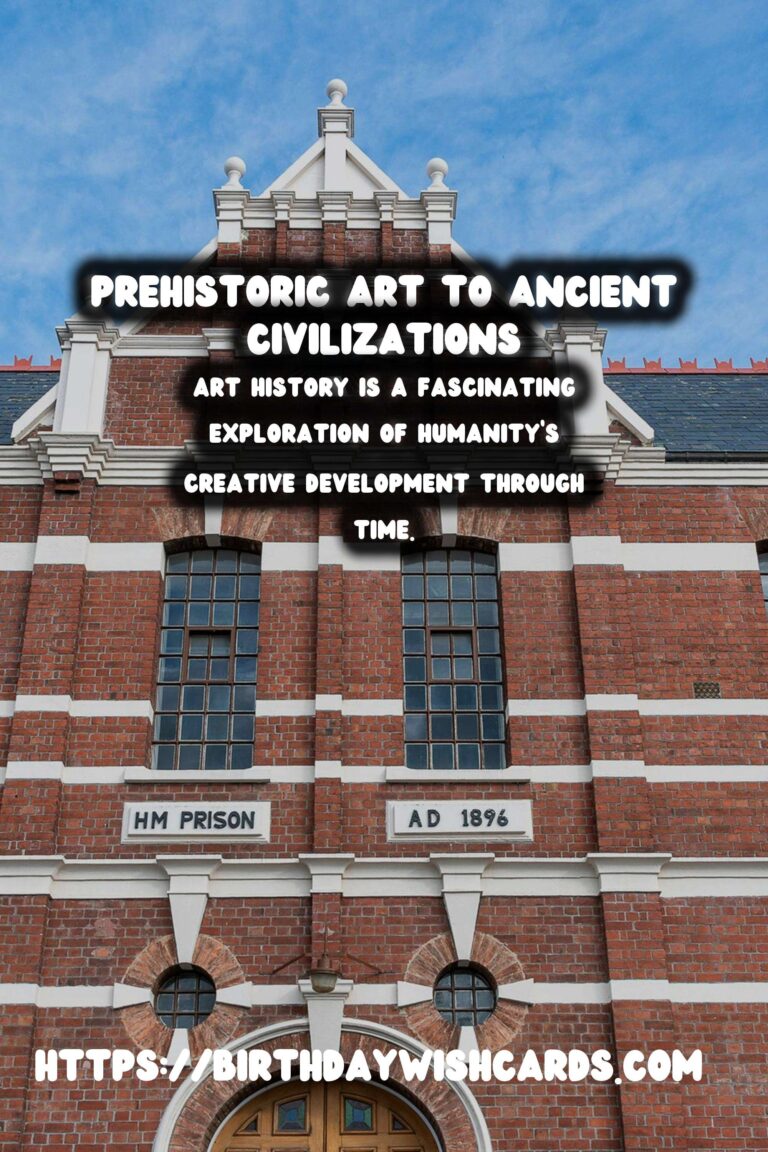
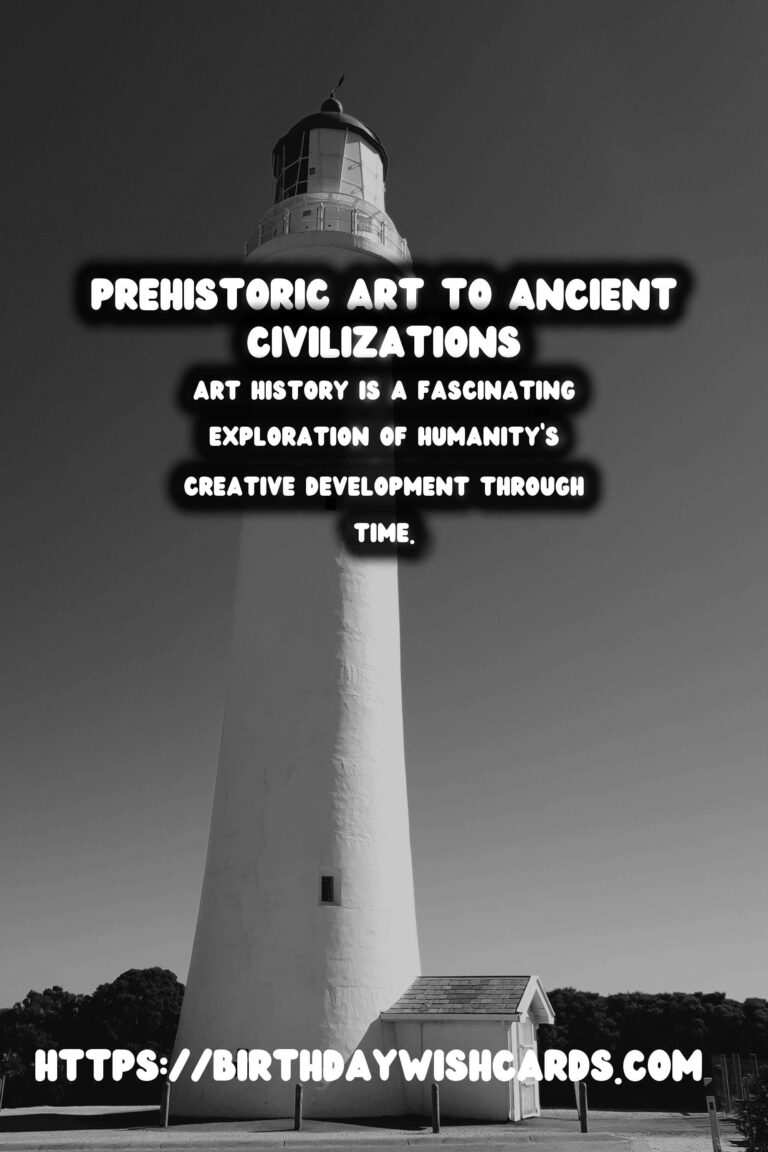
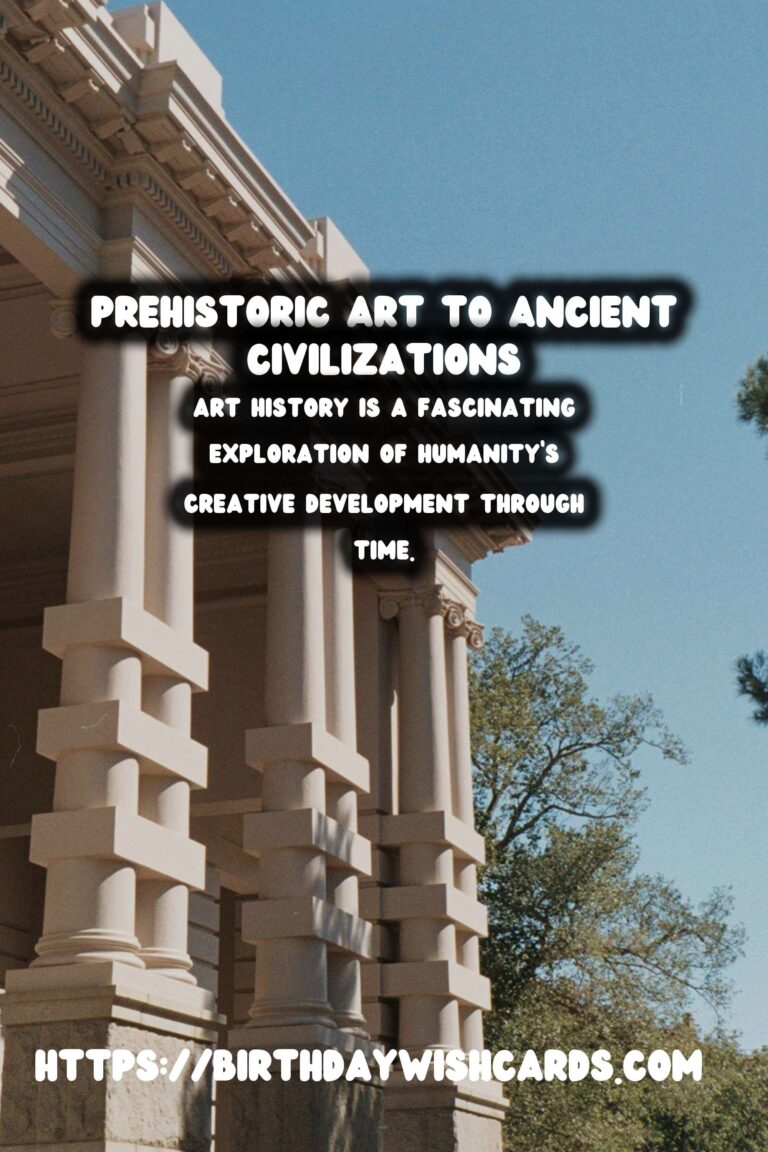
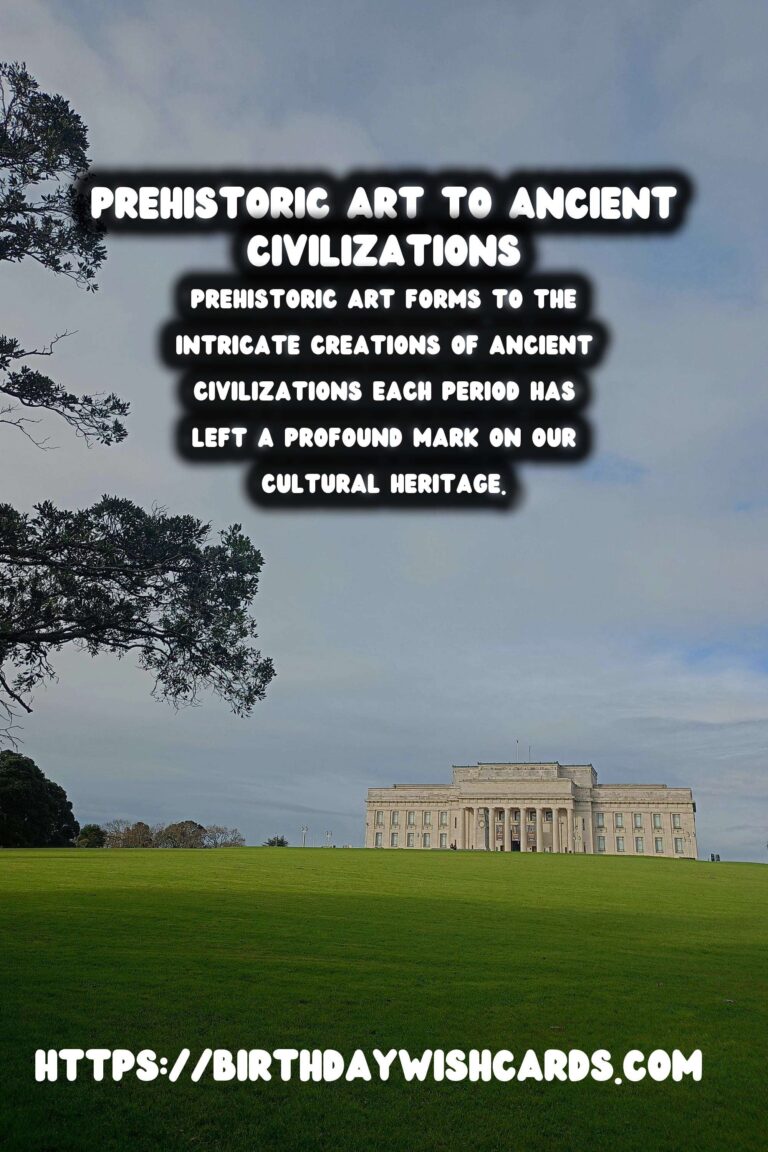
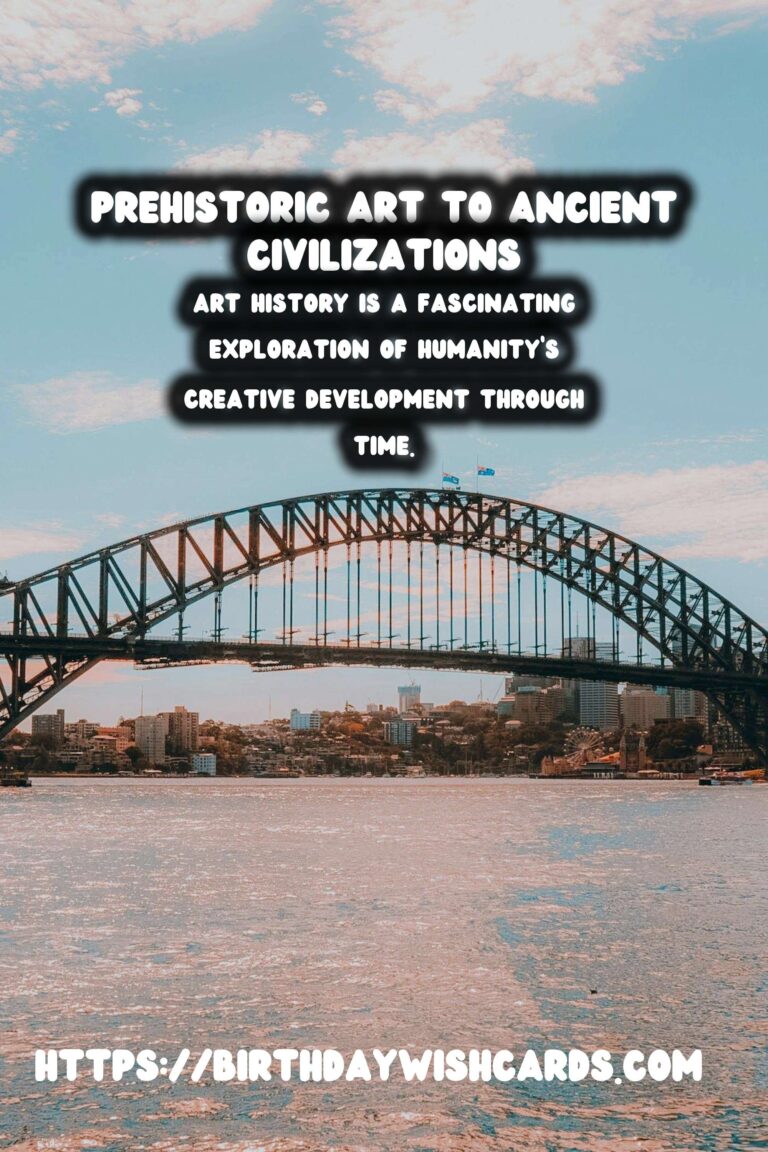
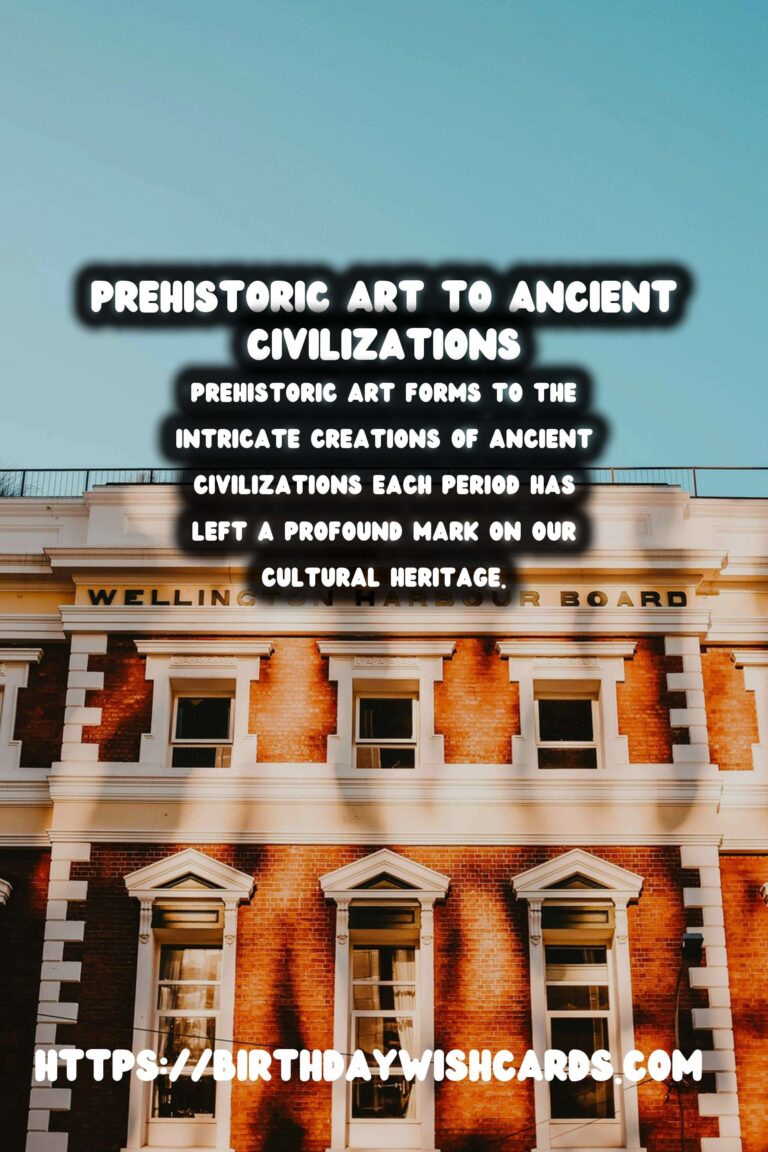
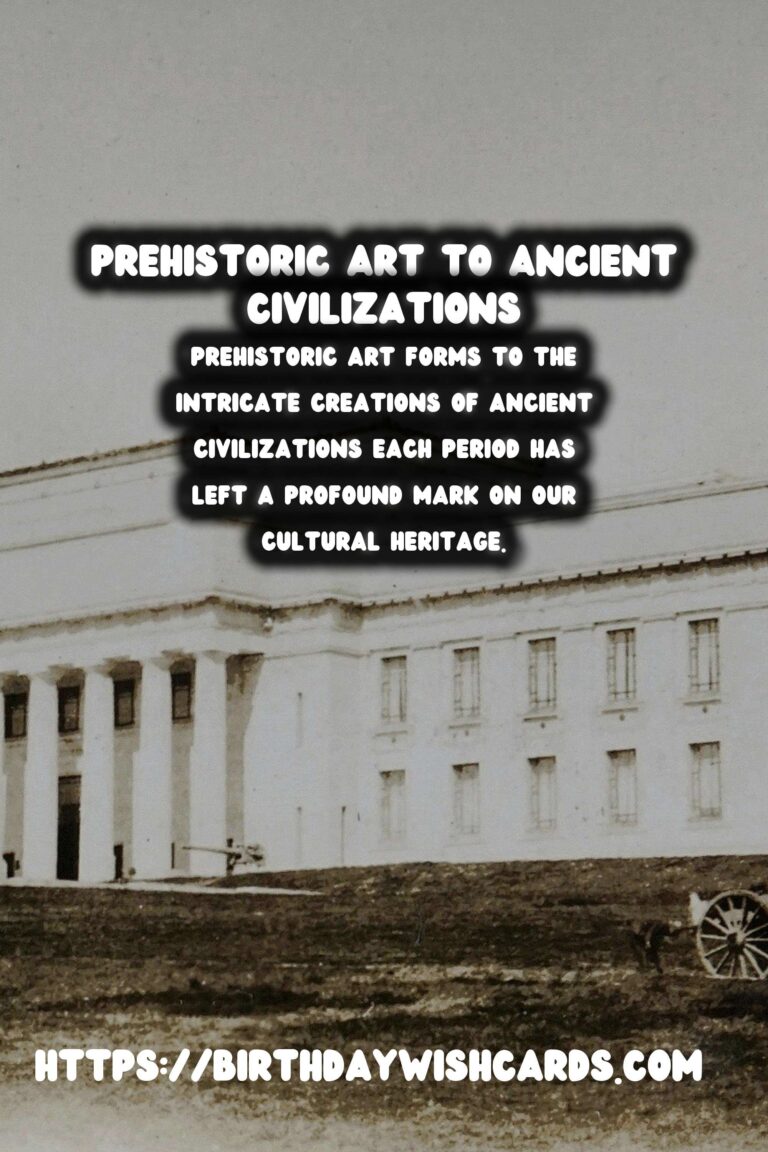
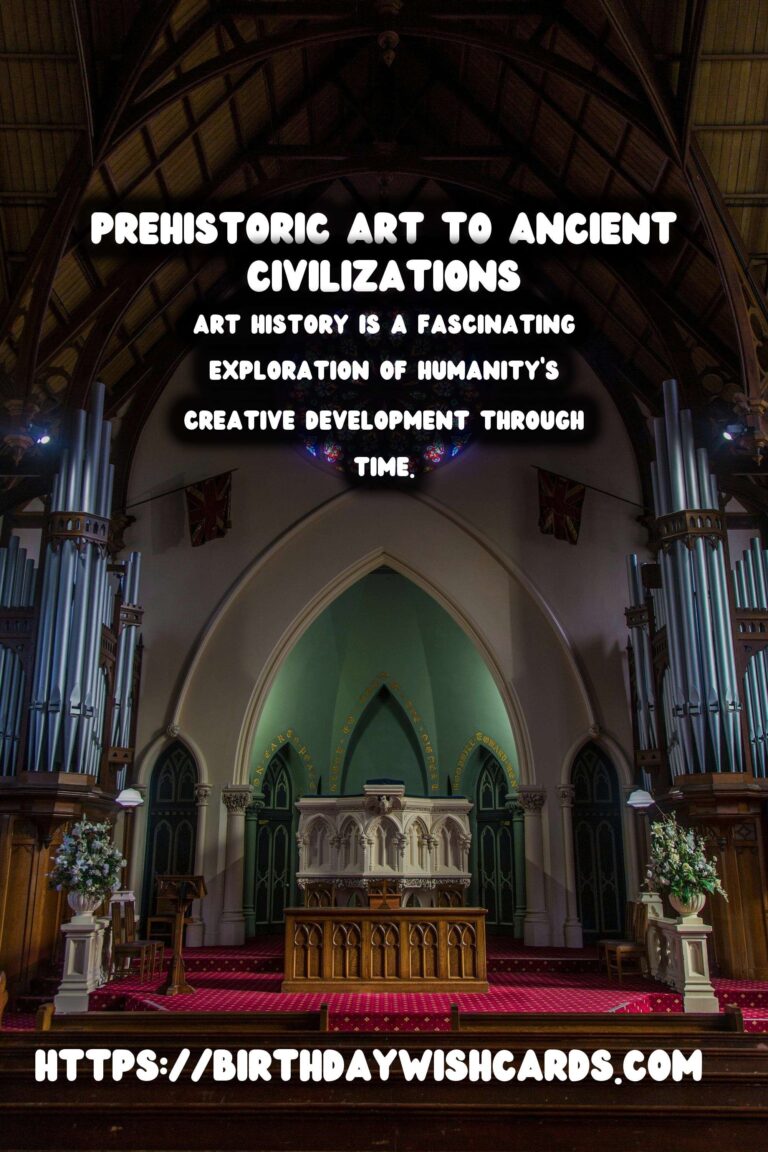
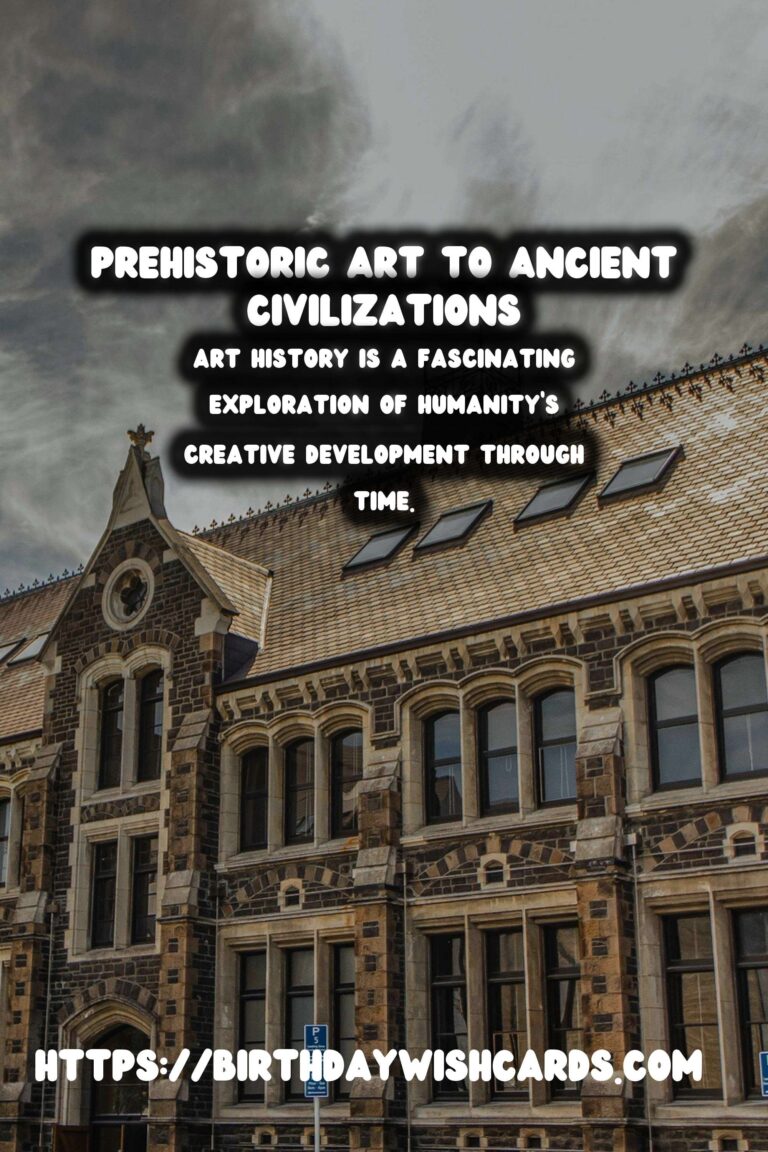
#ArtHistory #AncientArt




